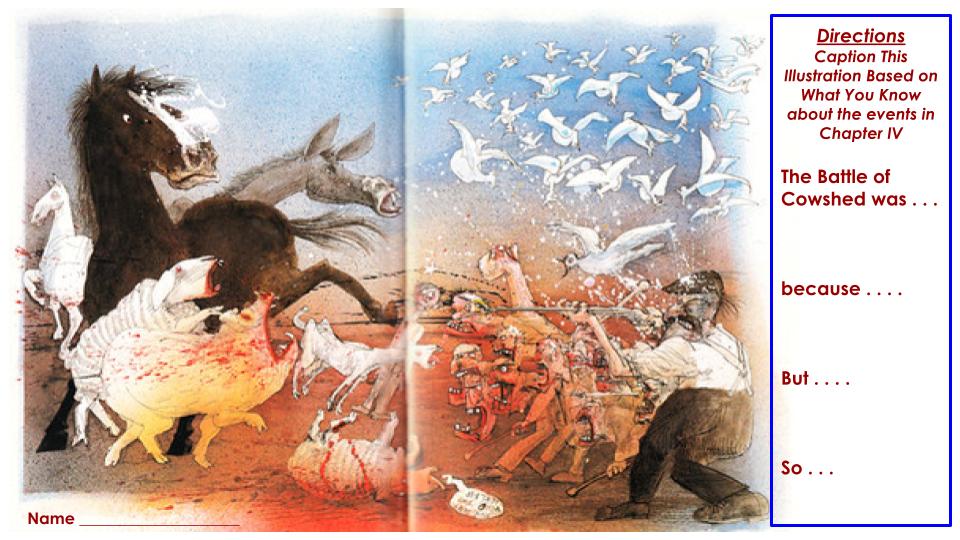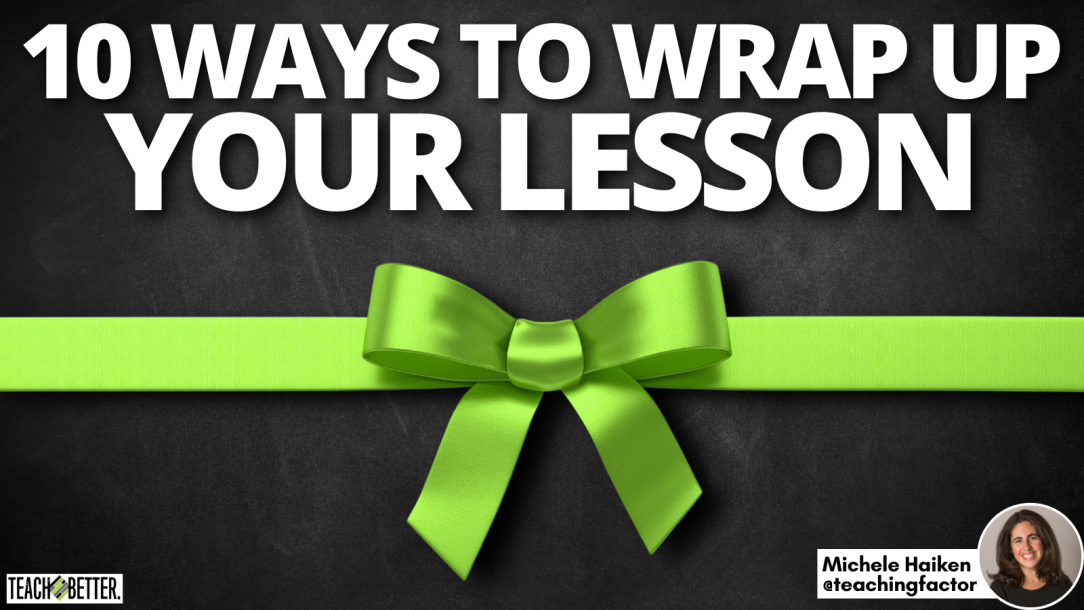TL;DR:
- Teachers should gather students for reflection and check understanding in the last few minutes of class to ensure everyone met the objective and address any confusion.
- Ten favorite ways to wrap up a lesson include exit tickets, 3-2-1 summaries, sentence-phrase-word reflections, stop and jot activities, captioning visuals, AEIOU reflections, rock-paper-scissors reflections, What’s In the Cards reflection protocol, quiz games, and $2.00 summaries.
- Closure activities should be meaningful, allowing students to review key points, draw conclusions, and demonstrate their knowledge.
Engaging Ways to Wrap Up Your Lesson
How many times do you get to the end of class and the bell rings, students pour out of the classroom, and you do not even know if everyone met the objective and who might still have some confusion? Teachers need to be more purposeful in gathering students together the last 5-10 minutes of class to reflect, debrief, and check for understanding. Taking this time before the bell rings helps teachers know where exactly to start tomorrow.
Utilizing an exit ticket or a post-it parking lot in every classroom every day is overkill for students. Here are ten of my favorite ways to wrap up and bring closure to the lesson.
#1. Exit Tickets (Digital & Print)
Create a poll or scale on a Google Form. It can also be an open-ended question on a Google Form or video platform like Flip or Seesaw. A no-tech exit ticket might ask students on paper to respond to one of these prompts:
- I used to think…but now I think…
- Create a quiz question based on today’s lesson. What would the question be? What would be the answer?
- Thick & Thin: What are the good parts of the lesson and the not-so-good of today’s lesson?
- Sketch a key component of the lesson.
#2. 3-2-1
This wrap-up is so versatile depending on the content and objectives. Students can write on a large sticky note, paper, or digitally on a Google form (trying using it as a Flip video). Simply, students list three things they learned from the lesson, two things they found interesting, and one question that still remains unanswered. This can be adapted for students to share two questions and one way the information is applicable in their everyday lives.
#3. Sentence – Phrase – Word
This thinking protocol is from Project Zero, Harvard University Graduate School of Education. After reviewing the lesson, students extract a sentence that was meaningful or captures the core essence of the lesson, a phrase that provoked one’s thinking, and a word that summarizes one’s learning.
#4. Stop & Jot
Students can take the last five minutes of class to stop and reflect on the lesson. This can be a freewriting activity in their notebook or handing out a sticky note to respond to a specific content-based question.
#5. Caption This!
One of my favorite warm-ups is from Matt Miller, author of Ditch that Textbook. Caption This is a way to wrap up a lesson by providing students with a visual text (think political cartoon for social studies, a diagram in science, or an image from a text in ELA) and students write the caption to show what they know.
The example below is an image from a graphic novel version of George Orwell. I have inserted sentence starters to help push students to think about the chapter but it could also be used with a blank speech bubble above the animals or farmer for students to complete.

#6. AEIOU
Using vowels, students write a reflection or response based on each letter prompt. This reflection can be completed in small groups or individually posting responses on a Padlet.

#7. Rock-Paper-Scissors
This three-question reflection asks students to describe what they felt is the rock of the lesson or the most solid part of the lesson. What do you think should be written down on paper because it is the most important part of the lesson? What can be cut out by the scissors because it is not as important?
[scroll down to keep reading]#8. What’s In the Cards
Author and educator Katie Novak shared this reflection protocol. It asks four questions for students to reflect on the lesson.
- Hearts – Something from the heart. How did you feel? What did it mean to you?
- Clubs – Things that grew: What new ideas, thoughts, or points of view did you get today?
- Diamonds – Gems that last forever. What gems of wisdom gathered from people or content reinforced something you know?
- Spades – Something you dug into. What did you start working on today? How was your progress?

#9. Quiz Time
Breakout the Kahoot!, Blooket, Quizizz, Gimkit, or Quizlet Live to check for understanding. Students love these digital gaming platforms because it adds some competition and practice for learning. Pick your favorite game platform, create the quiz, and then use the last ten minutes of class to assess what students have learned.
#10. $2.00 Summary
Words have a price. Each word is ten cents so students only have 20 words to summarize the key aspects of the lesson.
Students can write with pen and paper, record their response online, verbally share their thinking, or even share a sketch. Whatever the medium you choose, the closure of a lesson should be meaningful. The purpose of closure is to review the key points of the lesson, give students the opportunity to draw conclusions, and show what they know.
About Michele Haiken
Michele Haiken, Ed.D is an educator, author, and blogger. She has been teaching for more than twenty four years as a middle school English teacher and an adjunct professor in New York. Michele is the co-author of the forthcoming book Creative SEL: Using Hands-on Projects to Boost Social Emotional Learning (ISTE, 2023) and author of New Realms for Writing (ISTE, 2019), Personalized Reading (ISTE, 2018), and editor of Gamify Literacy (ISTE, 2017). Michele is passionate about empowering 21st Century learners, educational technology and literacy so everyone can reach excellence. Read more on her blog theteachingfactor.com and connect with Michele on Instagram @teaching_factor and Twitter @teachingfactor.




